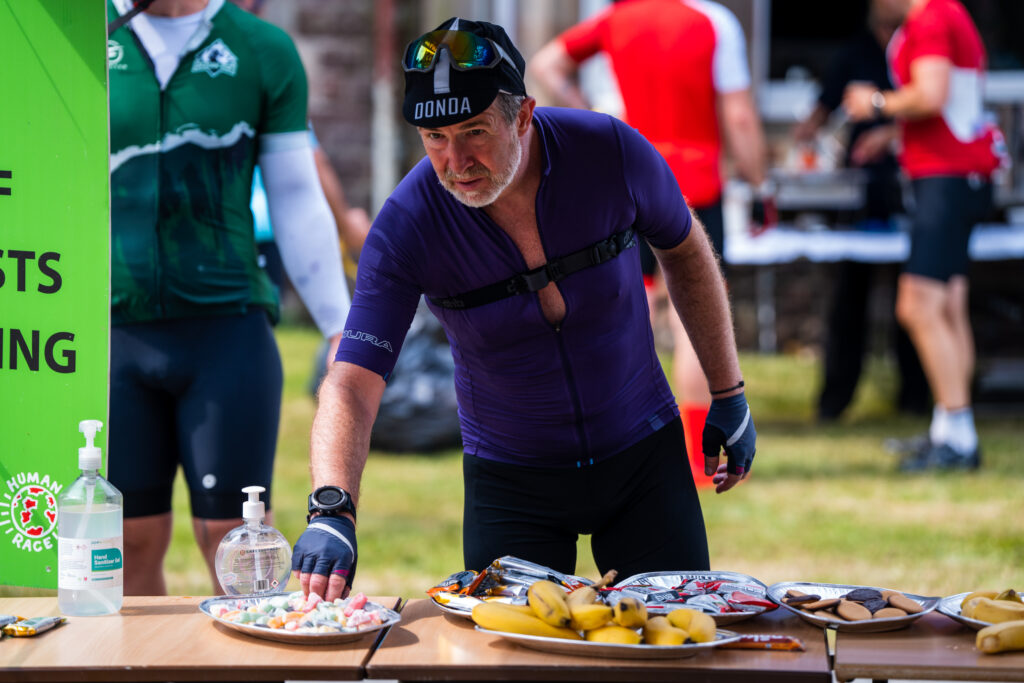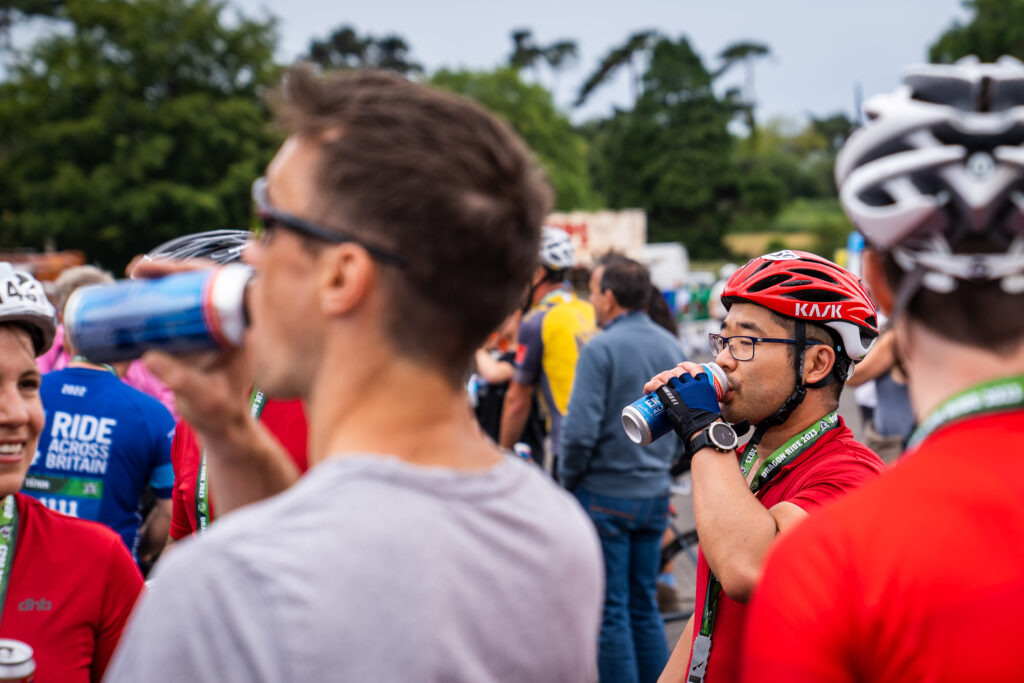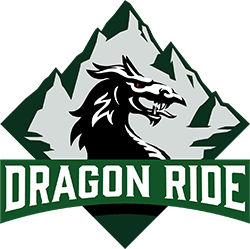Fuelling for a sportive: What to eat, when to eat and how much to eat
By Ed Laverack
A proper fuelling strategy for a 200-300km cycling event is crucial for sustaining your energy levels throughout this immense distance. Distance is relative though, because it could take some the same time to do 300km as others will do 200km. So, preparing for 6+ hours on the bike is really important for all types of riders. If you want to finish you need to fuel, if you want to finish strong you need to really take it seriously.
Fuelling and doing it right can take some planning so here’s a suggested nutrition strategy, but keep in mind that individual needs may vary, so it’s essential to experiment with your nutrition plan during training rides. Use your key workouts, particularly the longer ones, to test and train your gut to tolerate the energy intake. Carbohydrates, the body’s main fuel source, will be your best friend because you’ll inevitably be riding at intensities for periods that will predominantly be burning carbohydrates.
If you practice fuelling in your training rides you can get to terms with what works for you, flapjacks, rice cakes, marzipan or even Haribo! It might be useful to get used to the kinds of food the event serves up at the feed stations too. (For 2024 Dragon Ride this info will be released soon!)
A few handy ways to start getting more serious with your nutrition is to start out on the indoor bike, laying out all your food and trying to nail your intake without the faff of dodging traffic, descents, potholes etc. That way you can fully concentrate on eating and pedalling.
Start with fuelling “Zone 2” rides with 60-80g carbs per hour, if you can manage doing that for 3-5hr rides then you can start to include intervals in those rides and upping the carb intake to 100g. When I pushed for a 9-hour effort at the Dragon Devil I consumed nearly 1000g carbs, in order to sustain both the effort and intensity. I broke down my fuelling and nutrition strategy for that ride here:
Pre-Big Ride/Event:
1. Dinner the Night Before:
- Focus on complex carbohydrates such as pasta, rice, or quinoa. This is your main priority and should make up the largest part of your plate.
- Include a moderate amount of lean protein and some vegetables, but don’t eat too much fibre, it could cause gut issues.
- Stay hydrated.
2. Breakfast on Event Day (2-3 hours before start):
Rule of thumb is to consume 1g per kilogram of your bodyweight in carbs multiplied by the number of hours until the event. For example, an 80kg rider eating 2h before would consume 160g carbs, or 240g if eating 3h before.
3. Snack (30 minutes before start):
Learn from the Pros, when they have a big day, they are always eating, even on the start line.
- A small, easily digestible snack with carbohydrates, such as a banana or an energy bar.
 During the Ride:
During the Ride:
- First Hour: You may be excited to be out on the road so the first hour is usually one people forget about, set a reminder on your bike computer or a sticky note on your handlebars to remind you to start fuelling. Front loading the day means you won’t leave it too late and end up playing catch up.
- Consume a sports drink or water to stay hydrated.
- Start with a mix of carbohydrates from energy gels, chews, or a small energy bar.
- Every Hour (starting from the second hour):
- Consume 60-90 grams of carbohydrates per hour.
- Options include energy gels, energy bars, bananas, or a mix of all.
- Stay hydrated with water or a sports drink and consider electrolyte tablets.
- Mid-Ride Snack (around the halfway point):
- Include a more substantial snack with a mix of carbohydrates and some protein for sustained energy. This is something people often forget. When you are out on a HUGE ride it’s beneficial to eat some REAL food if you can. Morale food, that you can save for a bit of motivation later in the ride is always good.
- Examples: a peanut butter and banana sandwich, an energy bar with added protein, or a small serving of trail mix.
- Continued Hydration:
- Sip water or a sports drink consistently to stay ahead of dehydration.
- Monitor your electrolyte levels, especially if you’re sweating heavily.
- Use energy in the bottles to save you carrying too much solid food, maybe even carrying some extra energy powder with you to add to water stops as you go around the course.
Post-Ride (more applicable to training sessions than the day of the event):
-
Immediate Recovery (within 30 minutes):
- Consume a recovery drink or snack with a 3:1 or 4:1 ratio of carbohydrates to protein.
- Examples include a protein shake, chocolate milk, or a recovery bar.
-
 Post-Ride Meal (1-2 hours after finishing):
Post-Ride Meal (1-2 hours after finishing):- A well-balanced meal with lean protein, complex carbohydrates, and vegetables.
- Rehydrate with water or a sports drink.
Remember to adjust the quantities based on your individual needs and preferences. Practice this nutrition strategy during your training rides to fine-tune it to ensure it works well for you during the actual event.
Practice makes perfect!
